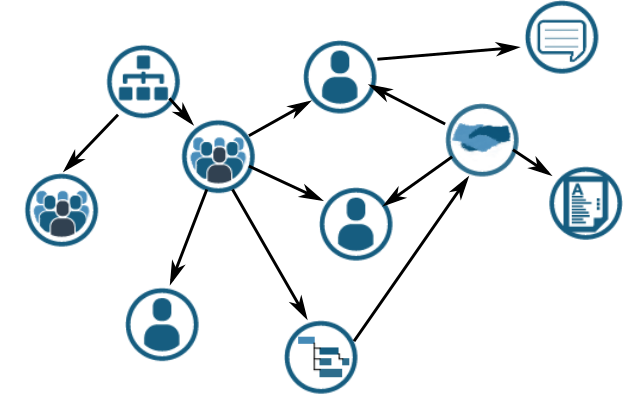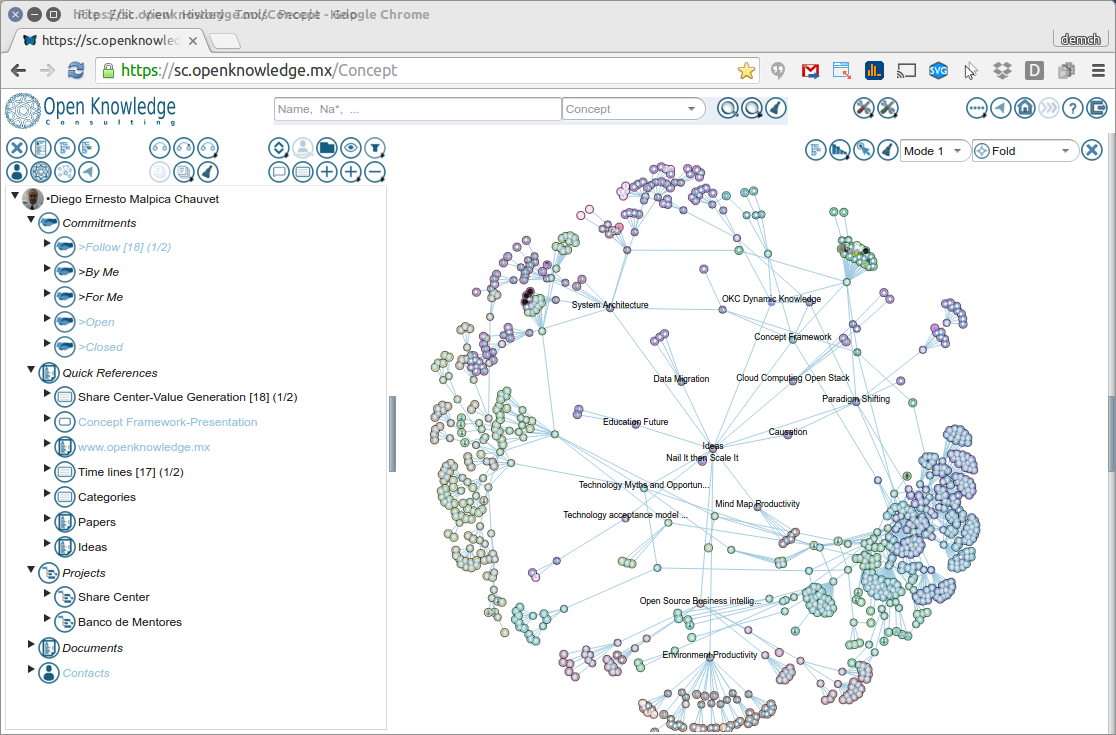

|
The rate of advances in information technology has been continuously increasing in a way that it is a necessity to continuously review the adequacy and effectiveness of our current set of paradigms in shorter periods of time. In this paper we present our work dedicated to review the paradigms used in the implementation of Knowledge Management Solutions. |

The rate of advances in information technology has been continuously increasing in a way that it is a necessity to review the adequacy and effectiveness of our current set of paradigms in shorter periods of time. In this paper we present our work dedicated to review the paradigms we will use in the implementation of our Knowledge Management Solutions.
The common interpretation of MVC (Smalltalk-80) differs from the autor (Trygve Reenskaug) intention presenting layers. The original MVC (Trygve-78) is OOP friendly. "Its purpose was to bridge the gap between the user’s mind and the computer held data. The center of this solution was the Model that was a representation of the user’sdomain information. The View was an editor that enabled the user to inspect and modify this information. The Controller coordinated the capabilities of several Views making it a comprehensive tool that the user applied in the performance of specific tasks"[19]
|
Architecture |
Granted Paradigms |
Reviewed Architecture |
Concept Framework Reviewed Architecture and Framework |
|
Overall Characterization |
Different Models |
Different Models |
Same Model |
|
Presentation |
Documents |
Objects |
Objects |
|
Application |
Objects |
Objects |
|
|
Persistence |
Relational Tables |
Objects |
|
|
Models (M) |
3 |
3 |
1 |
|
Technologies (T) |
6 |
3 |
4 |
| Cognitive Complexity (M x T) | 18 | 9 | 4 |
